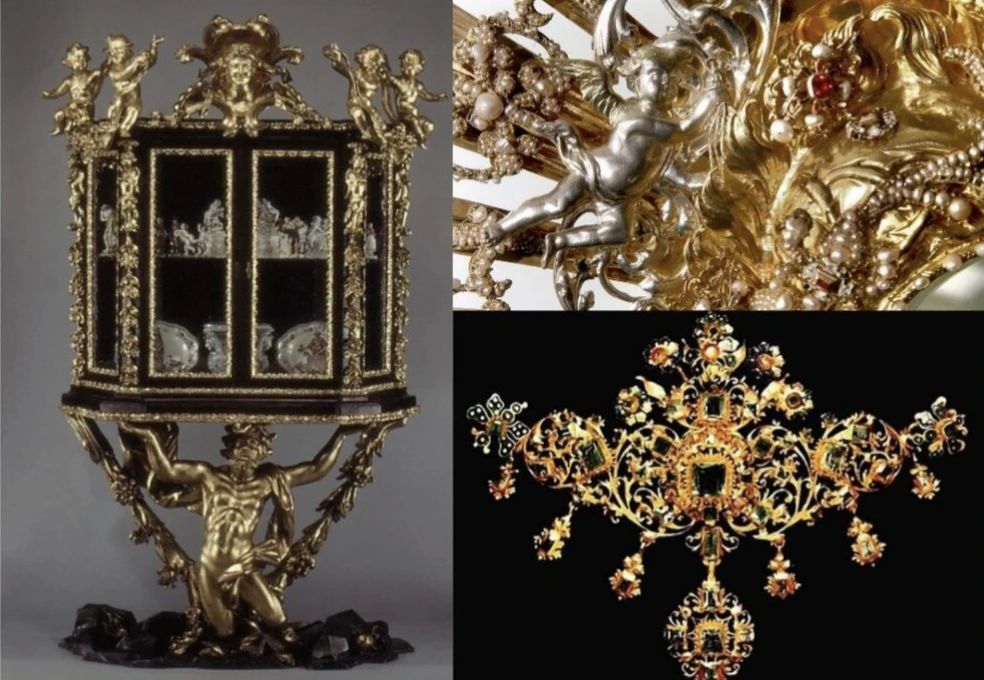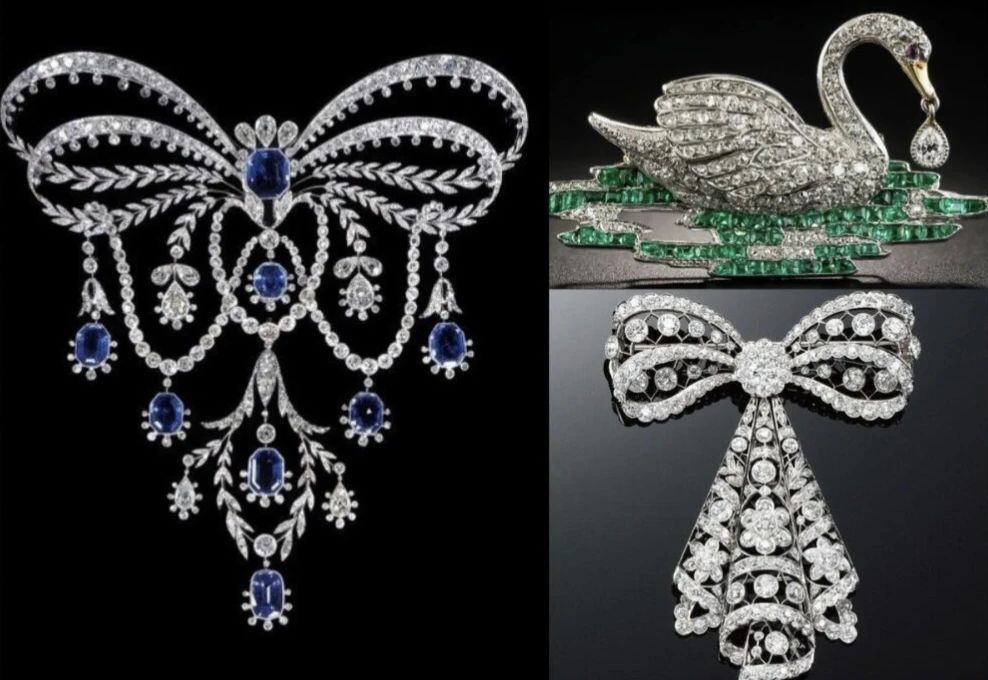History of jewelry 〡 The European encyclopedia of antique jewelry
In this fast-paced era, have you ever stopped to listen to the whispers that travel through time and space? Jewelry is not only the art of decoration, but also the witness of history and the inheritor of culture. Today, let us uncover the mystery of the history of jewelry development, and explore the bright light embedded in the river of years!
Are you tired of the same jewelry choices? Eager to know the story behind each piece of jewelry and make each wear a journey through time?
The history of jewelry can be traced back to ancient times. From simple shells and animal teeth to later gold, silver and jade, each period has left a unique mark. The mysterious gold ornaments of ancient Egypt. The exquisite carvings of ancient Greece, the complicated inlays of the Middle Ages… Until modern times, jewelry design is a combination of technology and art, creating infinite possibilities. Let’s review these glorious moments together and feel the breadth and depth of jewelry culture!
Ancient timeA (300 BC – 476 AD)
Advances in ancient metalworking technology contributed to the complexity of the jewelry process. And gold often used as a burial object because of its rarity and high value.

Medieval period (5th century – 15th century)
Medieval jewelry is religious as the core, the cross, the image of the frequency, both to highlight identity and protect peace. Although the design is simple, the material process is getting richer, and the colored gemstones and the Falang process are gradually getting better.


Baroque Period (1714-1760)
Jewelry design inspiration from nature, flowers, leaves and animals as the theme, commonly used diamonds, pearls and colored gems, metal process complex.


Neoclassical Period (1780-1837)
Neoclassicism is a reaction to Baroque and Rococo art, drawing on the art of ancient Greece and Rome, and pursuing a concise, clear and bright style.

Victorian Period (1837-1901)
Victoria jewelry influenced by the Queen, pearls, gems and diamonds. The theme is diverse and the design is beautiful, and the industrial revolution has promoted the progress of jewelry manufacturing technology.

Napoleonic Period (1851-1870)
It combines elements of ancient Egypt, Rome and Greece, and is mostly made of gold, pearls and colored gemstones, representing power and victory. Common designs are triumphal arch, eagle, bee and so on.

Art Nouveau period (1890-1910)
Advocating handmade, enamel craft, common plant and insect images. Go for free flowing lines.

Simple and modern aesthetic style, the invention of oxy-acetylene torch technology. A large number of platinum inlaid gems, common lace, garland and butterflies and other elements, exquisite elegance, low-key luxury.

Art Deco Period (1920-1935)
Emphasizing geometry and symmetry, it blends modern industry with Egyptian art, popular with simple lines and abstract patterns.

Neoclassical Period (1935-1950)
Platinum was heavily regulated during World War II. Gold and colored gemstones used extensively, and plants and animals are mostly vegetarian.

Modern jewelry design integrates Eastern and Western elements, and uses high-tech means such as 3D printing and nanotechnology to create unprecedented design forms. In modern society, jewelry is not only decoration, but also emotional carrier, and customized jewelry has become a new way to express love and commitment. Each piece of jewelry is a carrier of culture, telling the story of the past and inspiring the future. With the changes of The Times, people’s aesthetic concepts are constantly changing. So jewelry design is constantly innovative to meet diversified needs. The reason why jewelry is precious not only its material value, but also the emotion and memory it carries.
If you are also deeply attracted by these jewelry stories, you may wish to share your favorite jewelry style or the story behind it, in the comments section, let us travel together in the ocean of jewelry, feel the beauty and charm across time and space!


Thank you for sharing this insightful article! I found the information really useful and thought-provoking. Your writing style is engaging, and it made the topic much easier to understand. Looking forward to reading more of your posts!
hello, thank you for your good comments.